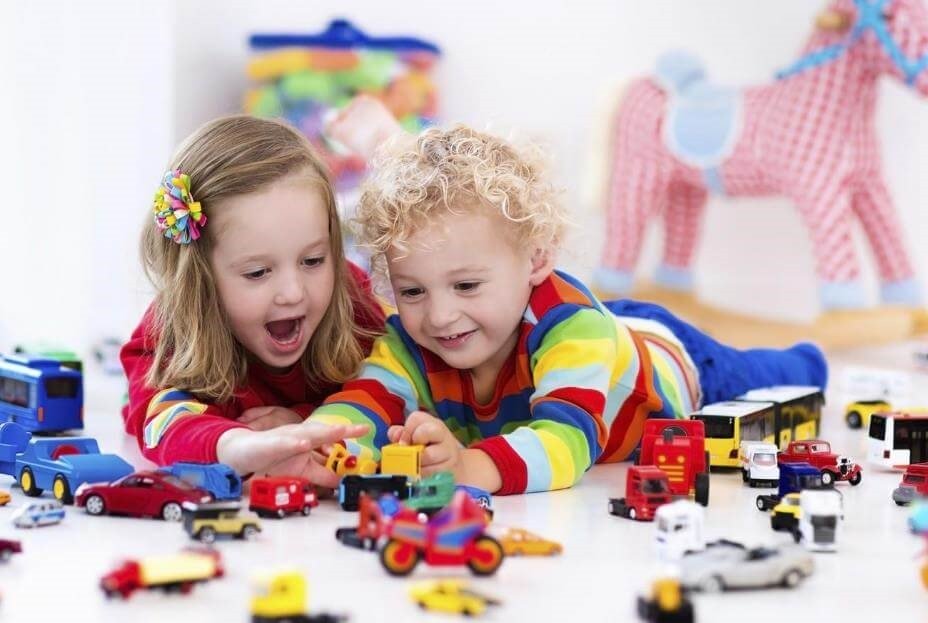Traffic education is very important, especially when taught from a young age, as it helps them to become aware as pedestrians now and as adult drivers.

Road safety education is one of the transversal themes that occur in schools. By transversal themes we understand those that, despite not being included in the official curriculum with objectives, content and evaluation criteria, are named as essential to complement people’s education.
The State places special emphasis on this matter since it is the 5th European country where the most traffic accidents happen and therefore where more people lose their lives as a result of these.
Accidents do happen and we can’t always prevent them, but good driver education from an early age not only creates a deeper awareness about road safety (both as a driver and as a pedestrian) but also provides information about traffic regulations.
For its part, the general knowledge of the traffic regulations by the entire population will make each person know what to do in each situation, thus avoiding unexpected actions for the driver or pedestrian. This issue is necessary for us to treat in schools since in 2012 alone, a total of 5,959 children were injured or lost their lives.
Teaching to be a pedestrian and wearing a seat belt
These two aspects are perhaps the most visible to a child who is beginning to walk and to understand the meaning of “road safety”. However, from home, like everything else, driver education begins.
Many times in our rush we decide to skip red lights as pedestrians (or even as drivers on some occasions). We look from one side to the other, we see that no one is coming and we run from one sidewalk to the other. We even do it in front of our children and we emphasize to them that what we are doing is wrong, and yet we have done it. We love the phrase “do what I say and not what I do”, but it is more than proven that the example is the best way to instill values. The words are carried away by the wind, but the facts remain on the retina.
Well, this is the first step: never cross in red with our child (and preferably when we are alone either) and always wear a seat belt.
Many children complain when the belt is put on them, but we must emphasize that the belt is as necessary to put it on as it is to shower every day. It is not an option, it is a must.
Teaching Responsible Drivers
Although it seems impossible, our way of being at the wheel will condition our son, not only in his future as a driver, but in the conception of what the road means.
We must make them aware of the responsibilities that a driver must have before, during and after driving. By this we mean the use of a helmet, good nutrition to be able to be alert and maintain attention at all times, avoid taking the car in stressful conditions, take breaks and not get behind the wheel when one feels sleepy or fatigued, control speed and adaptation to road regulations, etc.
In this way, our son will observe, for example, that after several hours of driving it is necessary to stop to stretch his legs, drink sugar and rest for a few minutes. This fact will make you value your safety and that of those around you.
Obviously and it goes without saying, never, never and under no circumstances drive under the influence of alcohol, drugs or medications that expressly indicate the impossibility of being behind the wheel.
Teaching the environmental impact of traffic
The harmful gases that any vehicle emits into the environment are a reality that is always very present and that all countries have as an annual objective: the reduction of emissions.
Each citizen is also responsible for these emissions to a greater or lesser extent and therefore we must be consistent and avoid as much emissions as possible. We must teach that it is always better to use the public transport service than the private car and that for short journeys it is better to use means that do not generate harmful gases (walking, bicycle, skates …).
Let us always bear in mind that living on Earth is only a loan and that we must return it as we find it to future generations.































